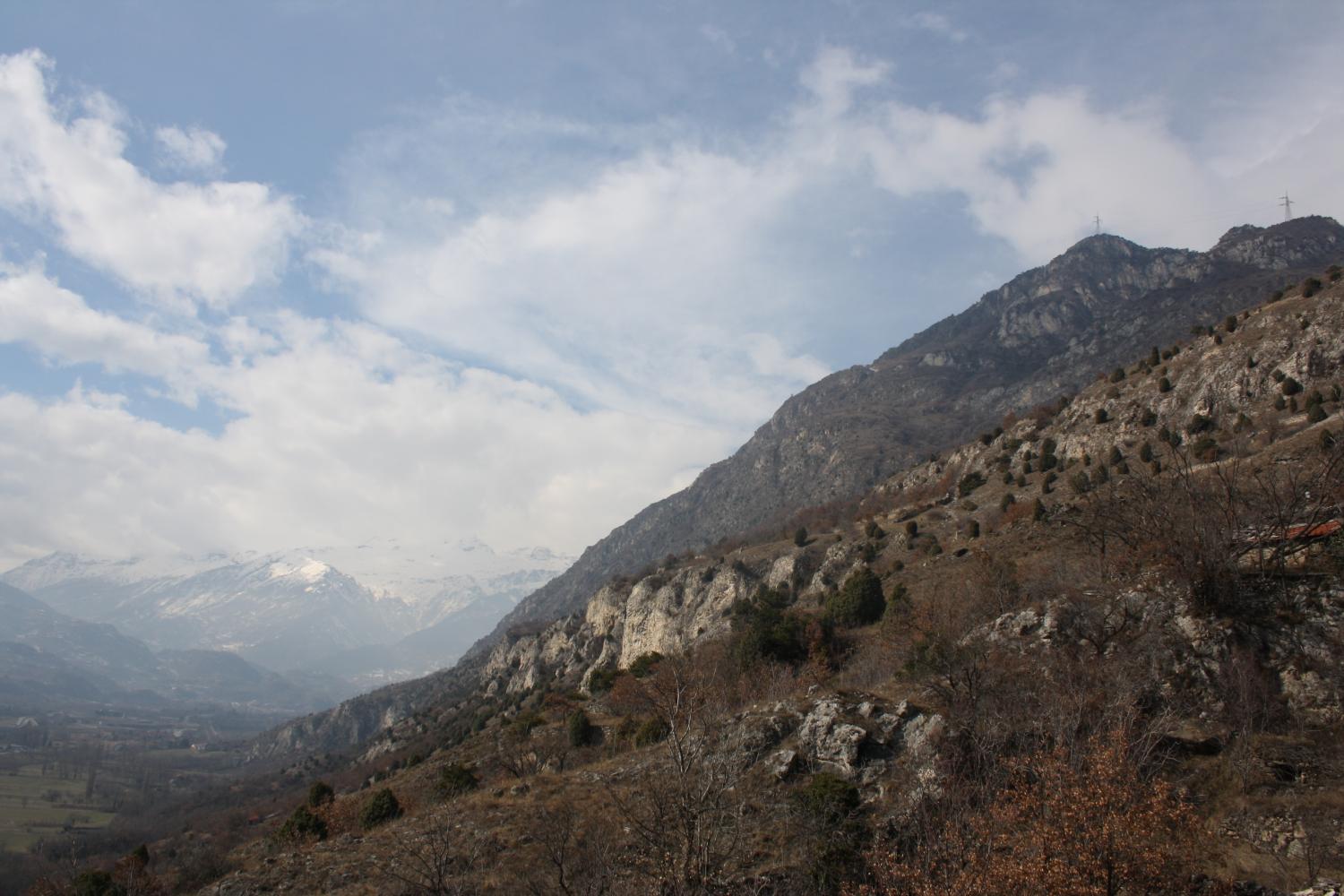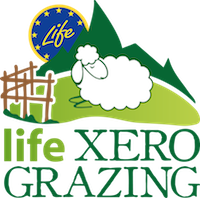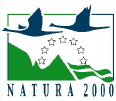Problems and threats to the conservation
- In Eng
- Hits: 4279
 In the SCI, the following issues and threats have been identified, which impact on the conservation of habitat 6210*:
In the SCI, the following issues and threats have been identified, which impact on the conservation of habitat 6210*:
(1)Abandonment: the traditional agro-pastoral activities have allowed the preservation of many areas of prairie in the past. These activities have been affected in recent decades by a progressive reduction in frequency and intensity. The reduction in the number of companies settled, as well as the exclusion of the area from the historical routes of migration, has contributed to a widespread abandonment of the area. As a result, changes in the floristic composition of grassland have been observed (with a progressive increase of Brachypodium rupestre) as well as long-term shrub invasion combined with a succession of closed forest formations of Quercus pubescens. Shrub invasion is currently considered the most common cause of change within habitat 6210*. This is coupled with an acute threat to the consequent decline of the specific richness of grasslands including the number of orchids.
The project aims to carry out a series of actions to recover part of the now abandoned grasslands affected by shrub and tree invasion and also implement a sustainable pastoral management which is durable and shared, in the area.
(2)Fires: The Bassa Valle di Susa is considered to be an area that has a high risk of fire. In the SCI, the risk is accentuated by a high number of dry, ground phytomass and widespread shrub invasion which are consequences of the absence of agro-pastoral techniques. Fire is considered to be a common threat for the habitat 6210 * (Mediterranean region) in particular, as it is considered as a possible cause for changes in the floristic composition and soil erosion. The post-fire invasion of pyrophytes species (Brachypodium rupestre) has determined significant loss of biodiversity in the areas where they have become dominant.
By reintroducing pastoral management, the project can be considered a useful tool for local prevention of fires. The revival of such techniques in mountain areas is in fact, considered a measure that can decrease effectively the biomass fuel to the ground and, with it, the risk of fire. Similarly to grazing, clearing may also be considered useful in fire prevention.
(3)Unauthorized access of motor vehicles: In certain areas of the SCI, there is a problem of degradation to the service roads which lead to the areas of intervention. This is considered to be caused by unauthorized motor vehicle access.
The project aims at restoration of degraded areas, which will in turn help provide more protection of the habitat and pastoral service, in addition to monitoring by the staff of PNACozie.
(4)Changes of intended land use: A change in land use is considered to be a typical and widespread threat to the conservation of any type of habitat. This can lead to degradation, destruction and (or) fragmentation as well as the disappearance of animal and plant species. Land use changes in the SCI may be considered minimal, because the type of area and the territorial policy.
The beneficiaries propose long-term conservation management on some representative grounds in public ownership. For private property, the beneficiaries intend to invite the owners, through the disclosure of the report, to protect the habitat and possibly form a consortium for future management.






